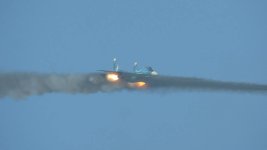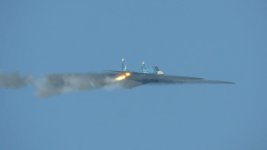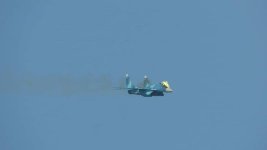-

[🇵🇰-Land] Pakistan Army: Can Israeli model of short service and then performance based selection be applied to Pakistan military?
- By Bagheera0084
- Pakistan Army
- 1 Replies
Can Israeli model of a short period of service in military and then performance based selection of a percentage of original recruits for further service be applied to Pakistan military?
It can result in savings of huge amount of pension funds.
Whether yes or no, elaborate with reasons and analyses.
It can result in savings of huge amount of pension funds.
Whether yes or no, elaborate with reasons and analyses.









